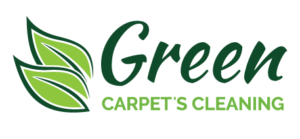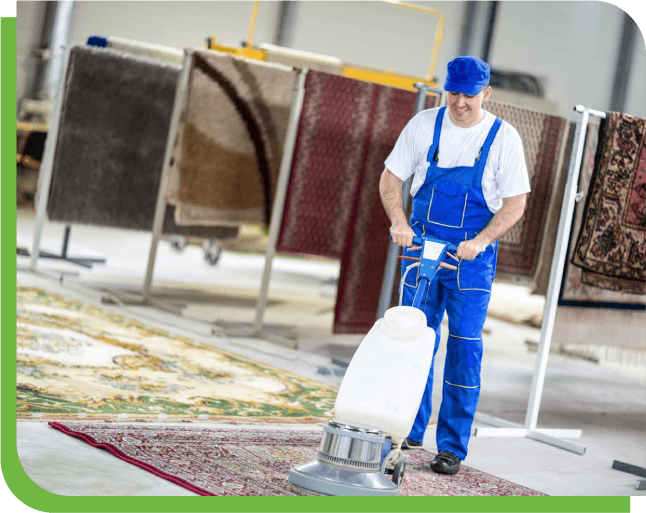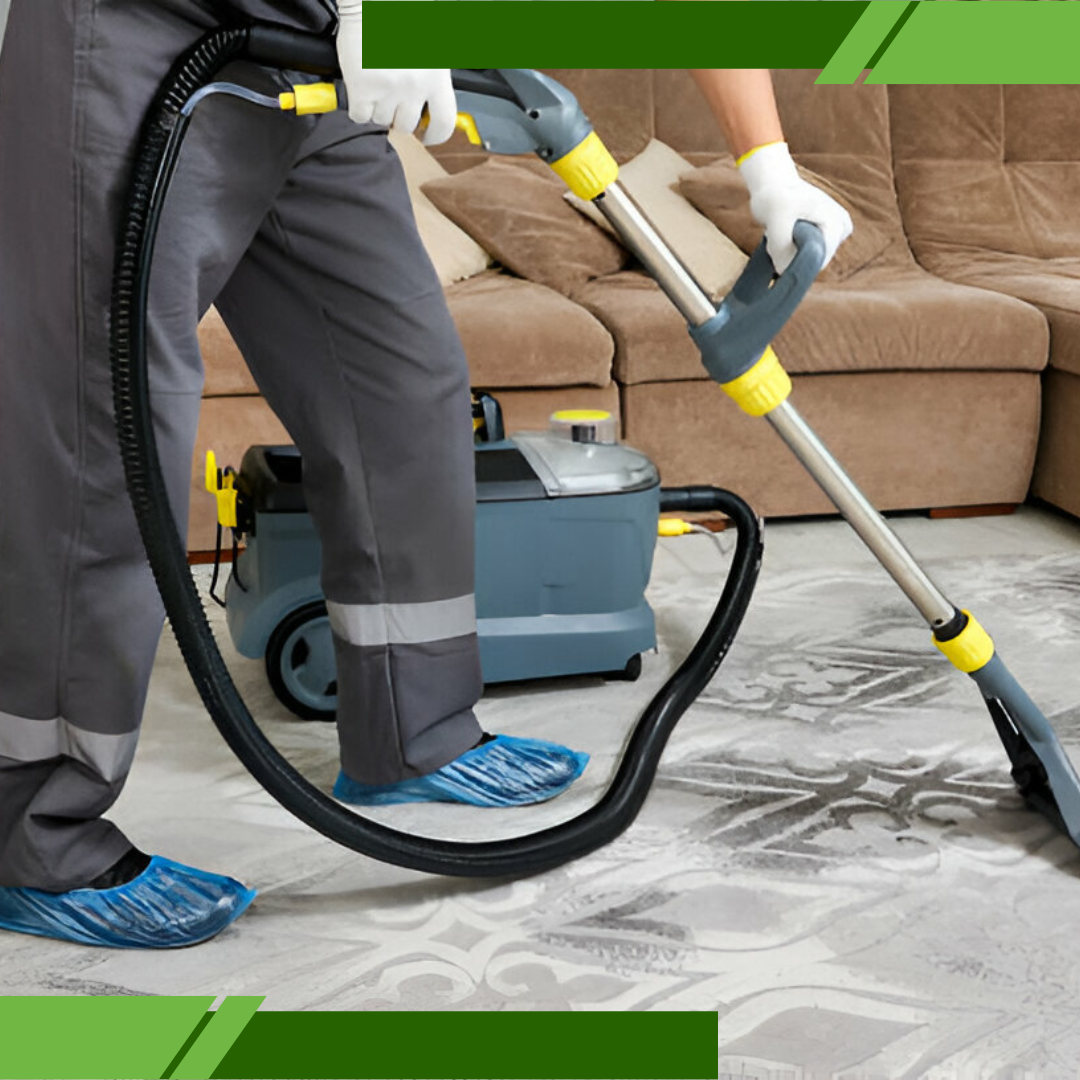Get in touch
Fill this up to proceed

We are committed to providing a world-class carpet, rug, upholstery, drapery or mattress cleaning services that will open your door to a happier and healthier green indoor environment.
Rug accidents that can happen which will need rug stain removal tips, especially in Mount Wilson households. Whether it’s from food, cooking oil, or even automotive grease, these stains cling to fibers, attract dirt, and leave behind stubborn discoloration and odors. The key to successful cleanup is acting fast and following the right techniques. With the proper rug stain removal tips, you can tackle grease and oil spills safely and effectively without damaging your rug.
The faster you react to a grease or oil spill, the better your chances of full stain removal. These substances penetrate rug fibers quickly and can set in permanently if not treated early. The first step is to blot the area gently with a paper towel or clean white cloth — don’t rub, as this spreads the stain.
Next, apply a dry absorbent powder like baking soda or cornstarch. These help draw out the oil before any liquid is introduced. Acting within the first few minutes is one of the most effective rug stain removal tips for grease-related accidents.
First response checklist:
Taking these steps immediately can significantly reduce the difficulty of removing grease from your rug.

DIY Rug Stain Removal Tips for Grease and Oil
Once you’ve removed the surface oil, it’s time to treat the stain. A mild dish soap diluted with warm (not hot) water works well for breaking down oily residue. Apply the solution using a sponge or soft cloth and blot the area, working gently to avoid driving the stain deeper.
For best results, rinse the spot with clean water using a separate cloth, then blot again to remove moisture. Avoid over-wetting the rug, which can damage the backing or cause mold. Repeat as needed, allowing the rug to air dry fully between treatments.
DIY grease-removal methods:
These rug stain removal tips are safe for most synthetic and cotton rugs, but always test in an inconspicuous area first.

Trying to fix a grease stain quickly can lead to errors that make the problem worse. One of the most common mistakes is using too much water or detergent, which can oversaturate the rug and spread the stain. Others use harsh chemicals that strip dye or weaken fibers.
Aggressive scrubbing can also distort the rug’s texture and damage the pile. And while it may be tempting to use heat to dry the rug faster, it can actually cause the grease to set permanently. These mistakes can be avoided by following proven rug stain removal tips that prioritize gentle care.
Mistakes to avoid:
Avoiding these pitfalls helps preserve the look and lifespan of your rug.
If the stain remains after several rounds of DIY treatment, it may be time to seek help. Professional rug cleaners have specialized tools and solvents designed for deep, targeted stain removal. They can clean the rug thoroughly without damaging the fibers or backing, especially for high-value, antique, or delicate rugs.
One of the top rug stain removal tips is knowing when to stop and call a pro. If the grease has penetrated deeply or left a lingering odor, a professional has the training and equipment to restore your rug effectively.
Signs you should call a professional:
Rug Cleaning Mount Wilson can save your rug from permanent staining and preserve its beauty long-term.
Dish soap is safe for most synthetic or cotton rugs. Avoid using it on wool, silk, or antique rugs unless labeled as safe and tested first.
Leave baking soda or cornstarch for at least 10–15 minutes, or longer for heavy grease, before vacuuming.
Use a mild soap solution to rehydrate and lift the stain. You may need to repeat the process multiple times for older stains.
Vinegar can help neutralize odors but is not as effective as dish soap for cutting through grease. Use it as a rinse rather than a primary cleaner.
No. Delicate rugs like silk, antique, or hand-knotted styles should be evaluated by a professional before applying any DIY treatments.

We are committed to providing a world-class carpet, rug, upholstery, drapery or mattress cleaning services that will open your door to a happier and healthier green indoor environment.
We are committed to providing a world-class carpet, rug, upholstery, drapery or mattress cleaning services that will open your door to a happier and healthier green indoor environment.